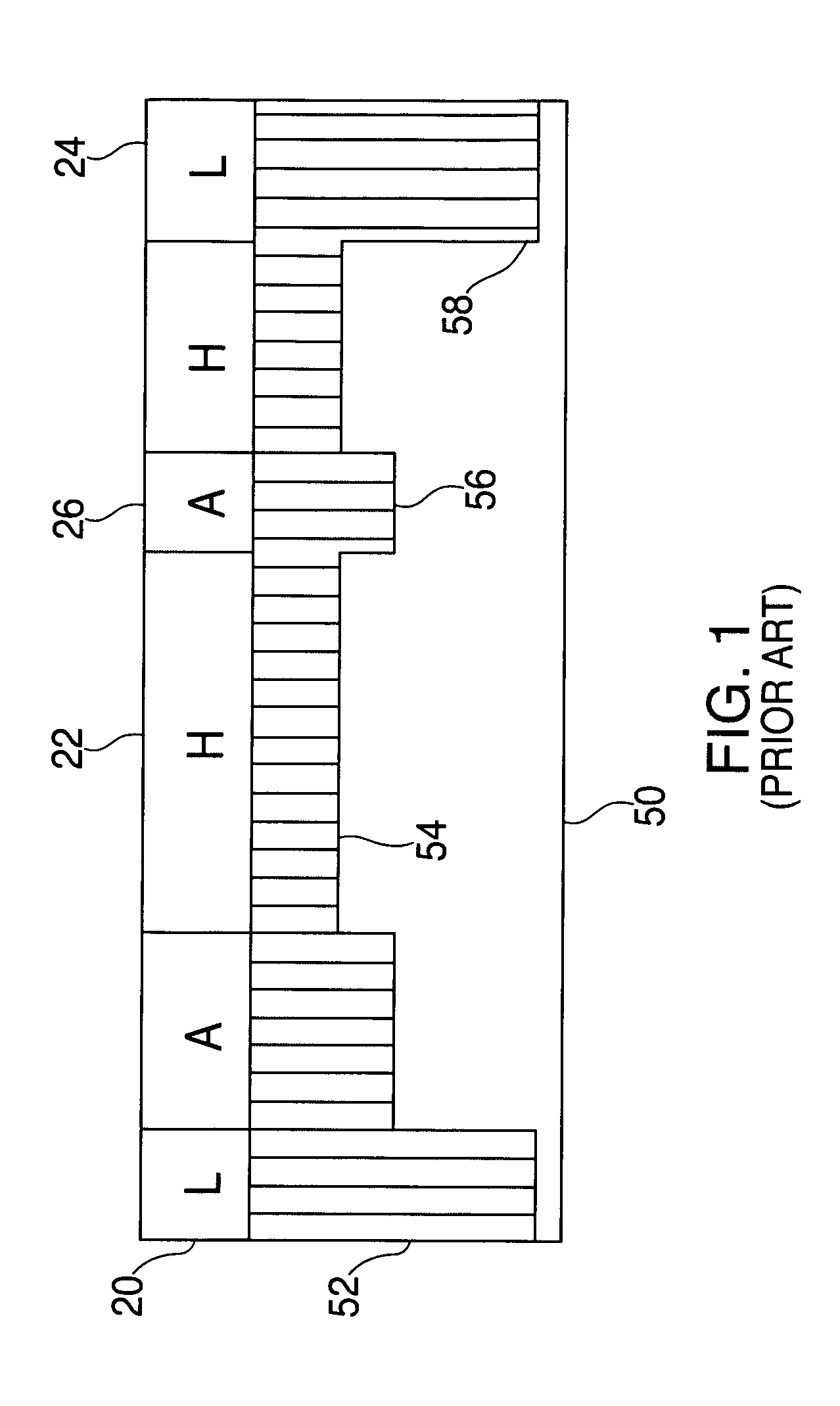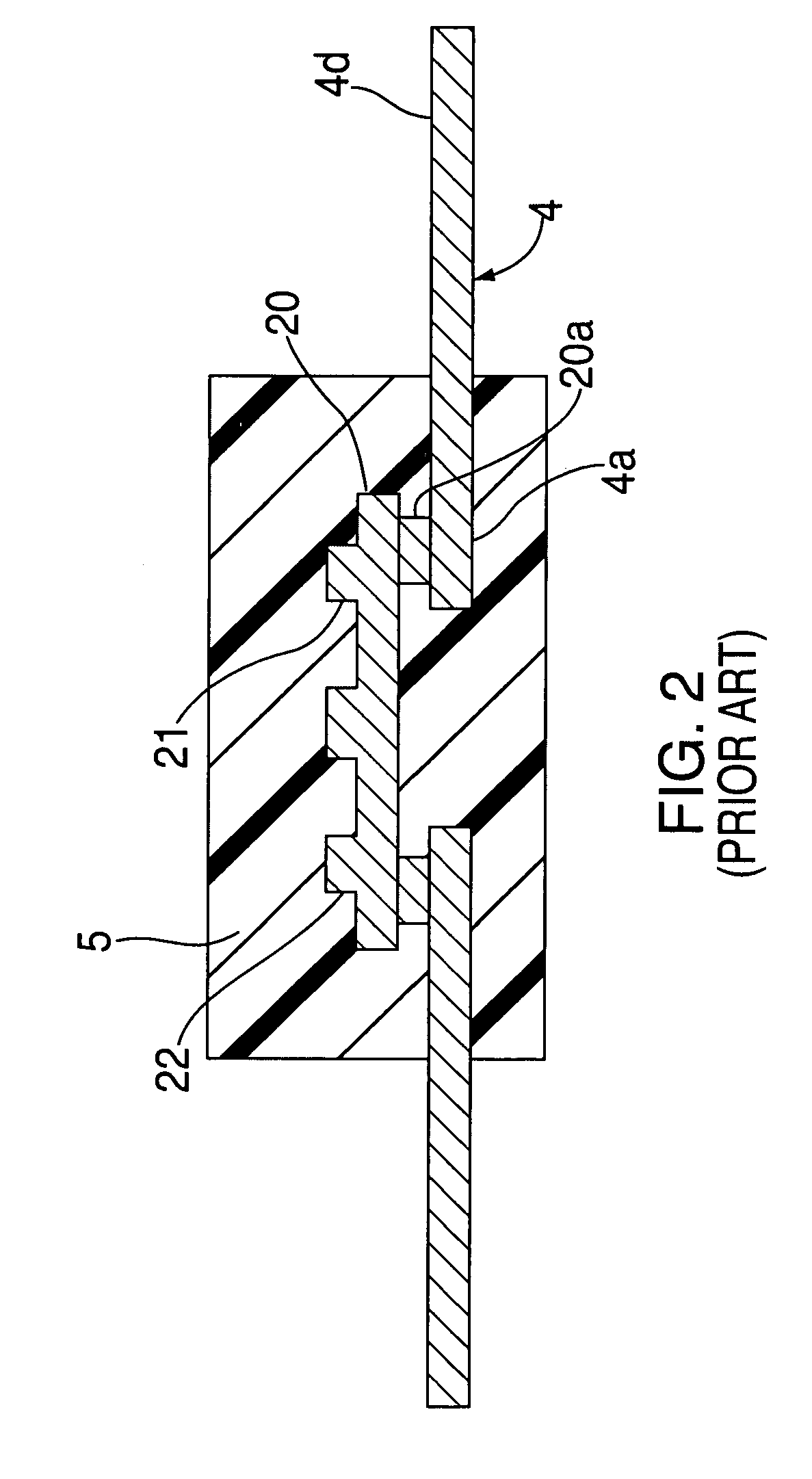Local reduction of compliant thermally conductive material layer thickness on chips
a technology of thermally conductive material and chip, applied in the direction of electrical equipment, semiconductor devices, semiconductor/solid-state device details, etc., can solve the problems of local reduction of thermal resistance and so as to reduce the thermal resistance, reduce the temperature of the hot spot on the chip, and achieve adequate mechanical compliance
- Summary
- Abstract
- Description
- Claims
- Application Information
AI Technical Summary
Benefits of technology
Problems solved by technology
Method used
Image
Examples
Embodiment Construction
[0028] The present invention is directed at locally reducing the thickness of a compliant thermally conductive material in a region or regions aligned with high power density areas on a chip while avoiding migration of the material from behind the chip and the formation of voids.
[0029] As transistors are scaled down in size and as the operating frequency increases, the power density (W / cm2) of processor chips will continue to increase. For reliable long-term operation, it is necessary to remove the heat produced by a chip and keep the junction temperatures below about 105° C. Note that the acceptable junction temperature is a function of the technology used and the reliability requirements of the specific product.
[0030] Referring now to FIGS. 4(a) and 4(b), a semiconductor package structure 100 is illustrated. Structure 100 includes a chip 112 that is in thermal communication with a substrate 114 on one surface, while an opposite surface is operably connected to a C4 array 116 for...
PUM
 Login to View More
Login to View More Abstract
Description
Claims
Application Information
 Login to View More
Login to View More - R&D
- Intellectual Property
- Life Sciences
- Materials
- Tech Scout
- Unparalleled Data Quality
- Higher Quality Content
- 60% Fewer Hallucinations
Browse by: Latest US Patents, China's latest patents, Technical Efficacy Thesaurus, Application Domain, Technology Topic, Popular Technical Reports.
© 2025 PatSnap. All rights reserved.Legal|Privacy policy|Modern Slavery Act Transparency Statement|Sitemap|About US| Contact US: help@patsnap.com



